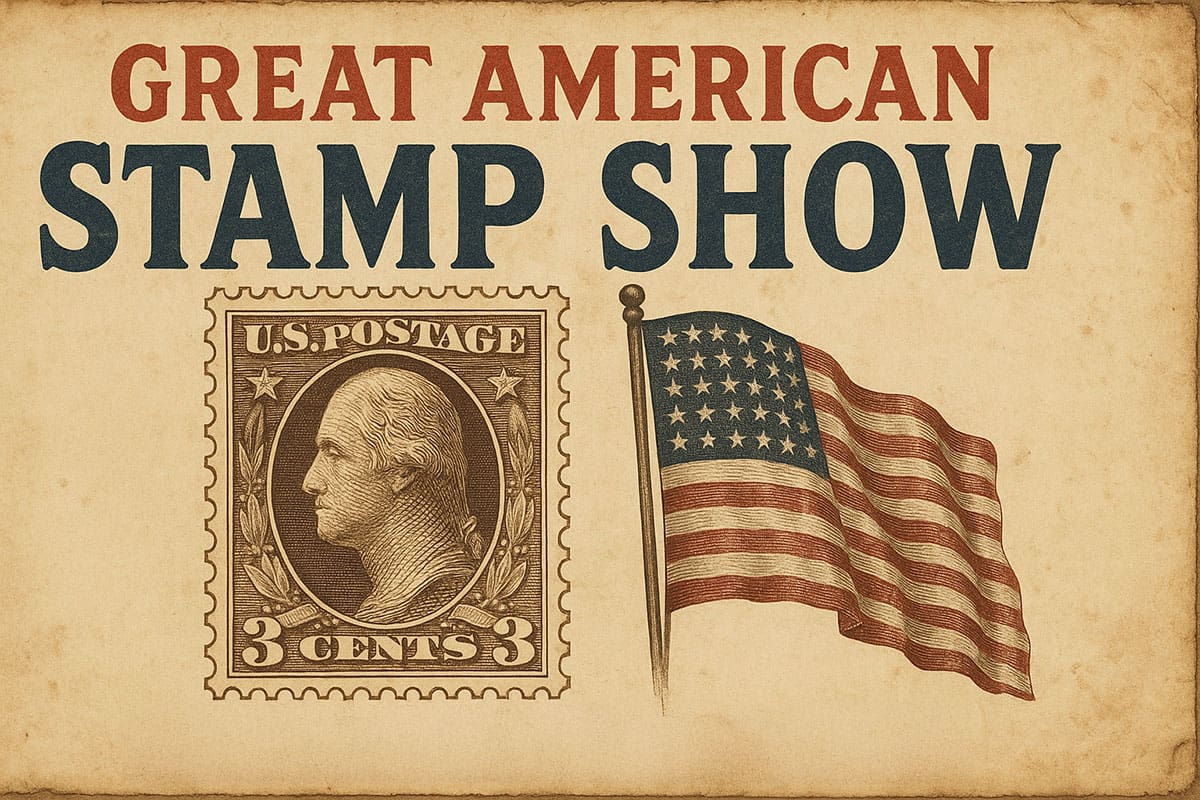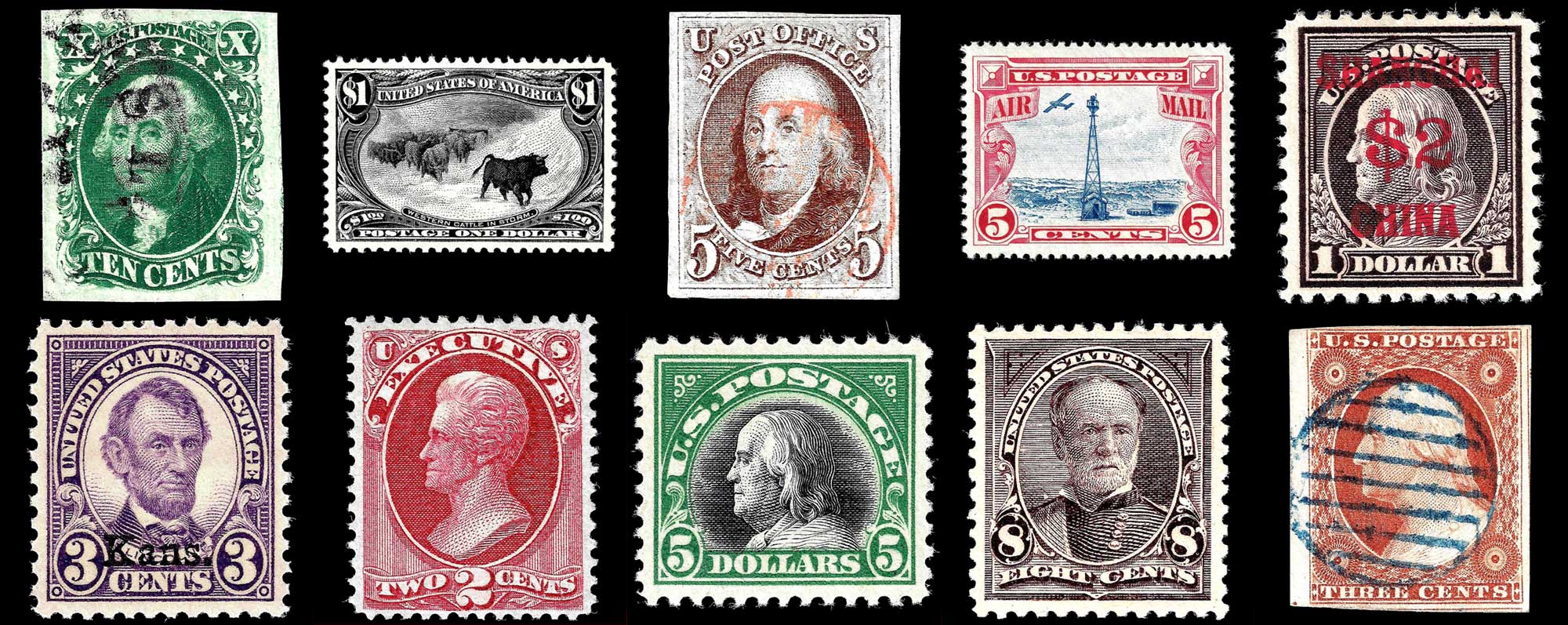Scott #240 is a 50 cent denomination stamp issued in 1893 as part of the Columbian Exposition commemorative series. This series, comprising sixteen stamps, was released to celebrate the 400th anniversary of Christopher Columbus’s voyage to the Americas.
Each stamp in the series depicted key moments in Columbus’s life and voyages, serving both as a tribute to historical events and as a demonstration of advanced stamp production techniques. The 50-cent stamp, titled Recall of Columbus, illustrates a critical moment where Columbus is depicted addressing Queen Isabella and King Ferdinand, imploring their support for his expedition after initial setbacks.
This stamp, like others in the series, was intended for postal use but also carried an educational and promotional function during the 1893 World’s Columbian Exposition in Chicago.
Design & Print
Scott #240 was printed by the American Bank Note Company (ABNCo), a prominent engraver and printer of U.S. postage stamps during this period. The ABNCo employed intaglio printing, a technique that involved engraving the design onto steel plates to produce fine detail and depth in the printed image.
The 50 cent Recall of Columbus stamp features an intricate design, showcasing Columbus kneeling before the Spanish monarchs in a formal appeal. The engraving highlights the elaborate attire of the figures and the architectural backdrop, which underscores the scene’s regal and historic context.
This stamp was produced in a slate blue shade, a distinct choice that set it apart from other denominations in the series. Approximately 243,750 copies were printed, reflecting both the complexity of production and the anticipated demand.
Postal Usage
The 50 cent denomination was intended primarily for heavier or international mail. In 1893, standard domestic first-class postage was two cents per ounce, while international rates varied based on destination and weight. The 50-cent stamp was particularly suited for large parcels, registered mail, or packages requiring additional services. It could also be used to prepay bulk postage or high-value international correspondence, which was increasingly common during the late 19th century due to expanding global trade and communication.
During this period, postal operations in the United States were governed by regulations established under Postmaster General John Wanamaker, who advocated for the expansion of postal services and the promotion of commemorative issues.
The Columbian series, including Scott #240, represented an effort to align postal operations with cultural and historical milestones. This strategy was partly designed to increase public interest in philately and encourage higher revenues through the sale of stamps for both postal and non-postal purposes.
Identification
Scott #240 can be identified by its slate blue color and the detailed depiction of Columbus riding a horse. The inscription “United States of America” appears at the top of the stamp, and below that reads “Postage Fifty Cents”.
The perforations of Scott #240 measure 12, consistent with the other stamps in the Columbian series, providing a standardized appearance and ease of separation for postal use. Intaglio printing produces a raised texture that can be felt by touch, further distinguishing genuine stamps from potential counterfeits. Additionally, plate imprints and marginal markings from the ABNCo may appear on sheet edges, offering further context for specialists studying production details.
The top left corner says “1492” while the top right corner says “1892”. Not to be confused with the 1992 reissue (Scott #2626c) that says “1992” in the top right corner.































Ask A Question Or Leave A Comment